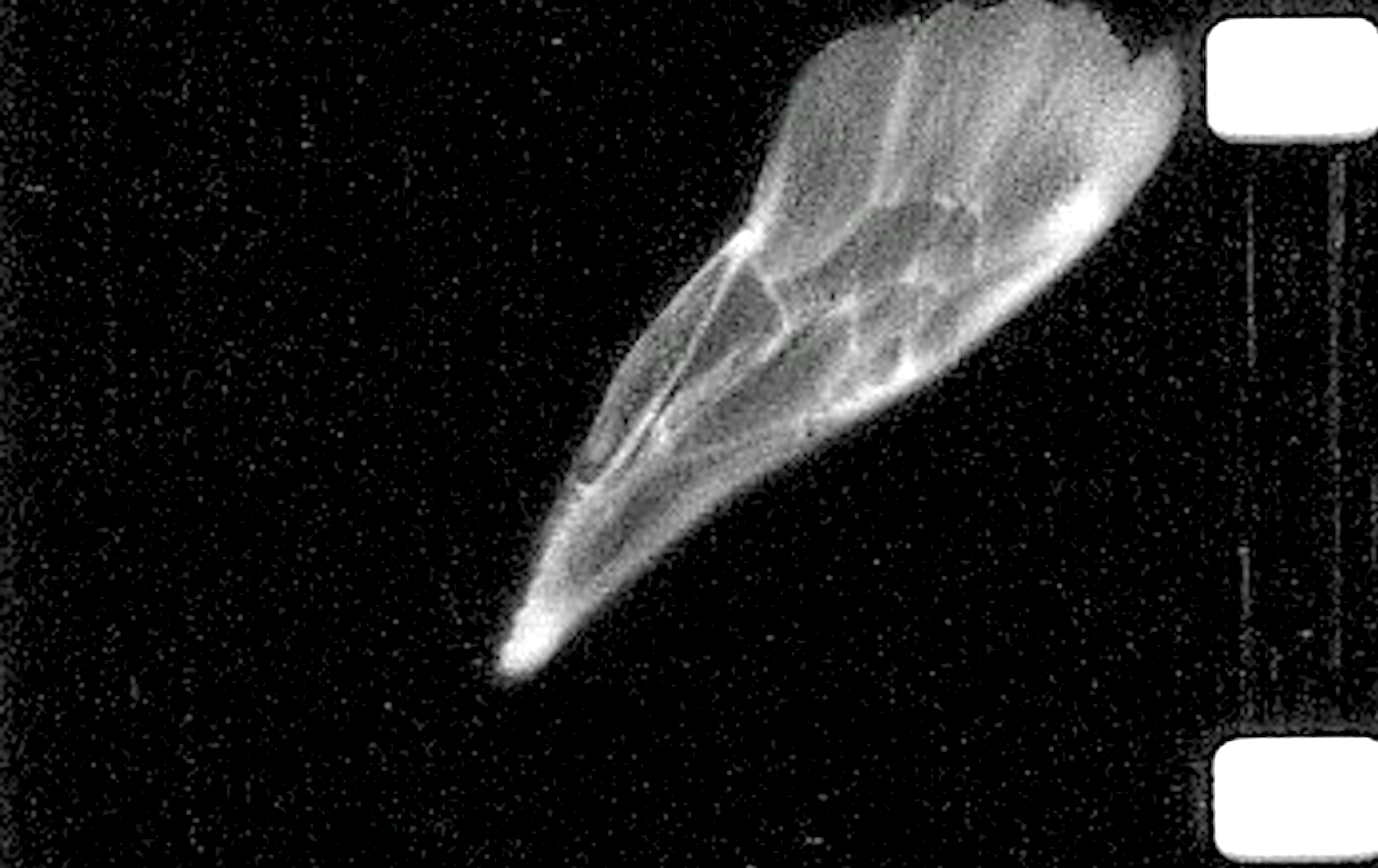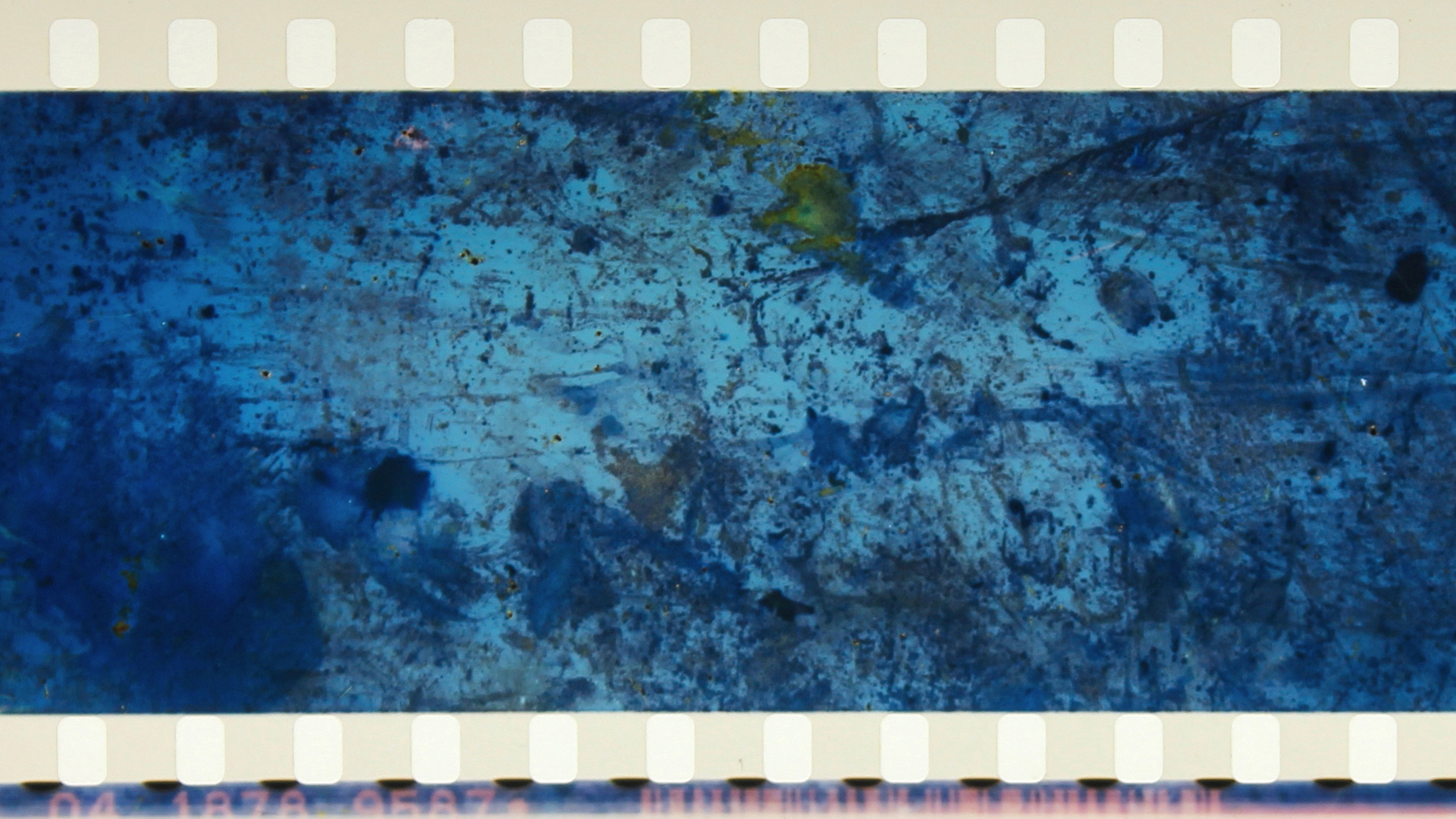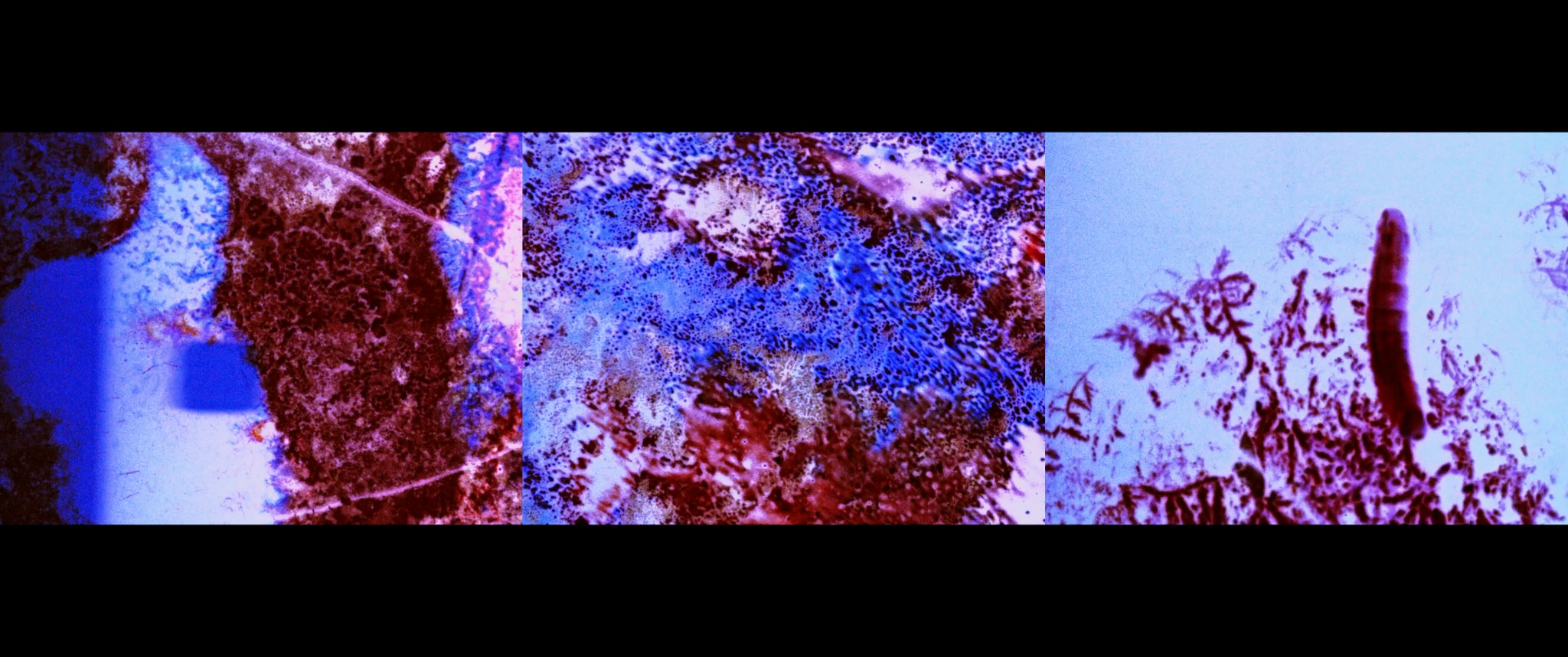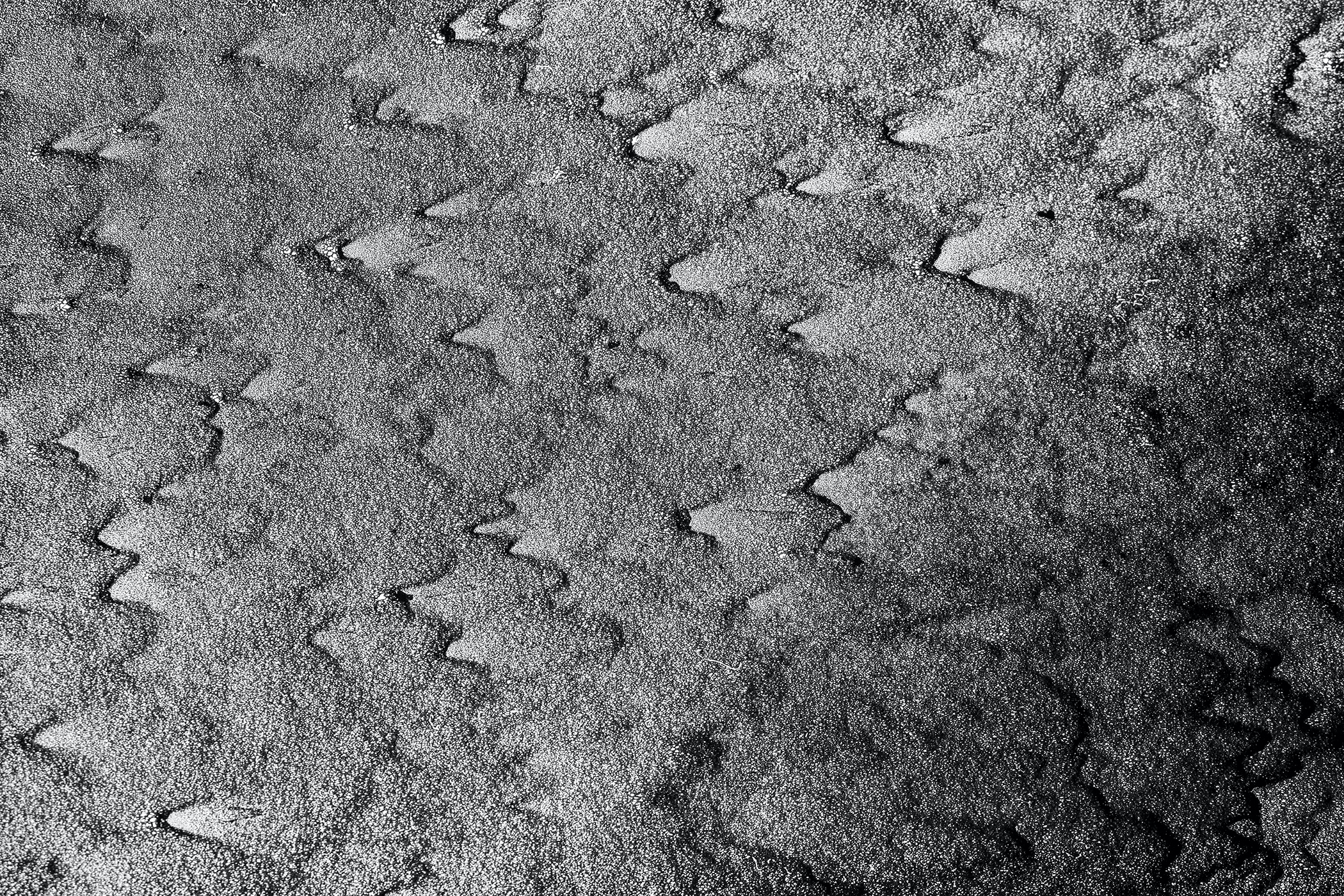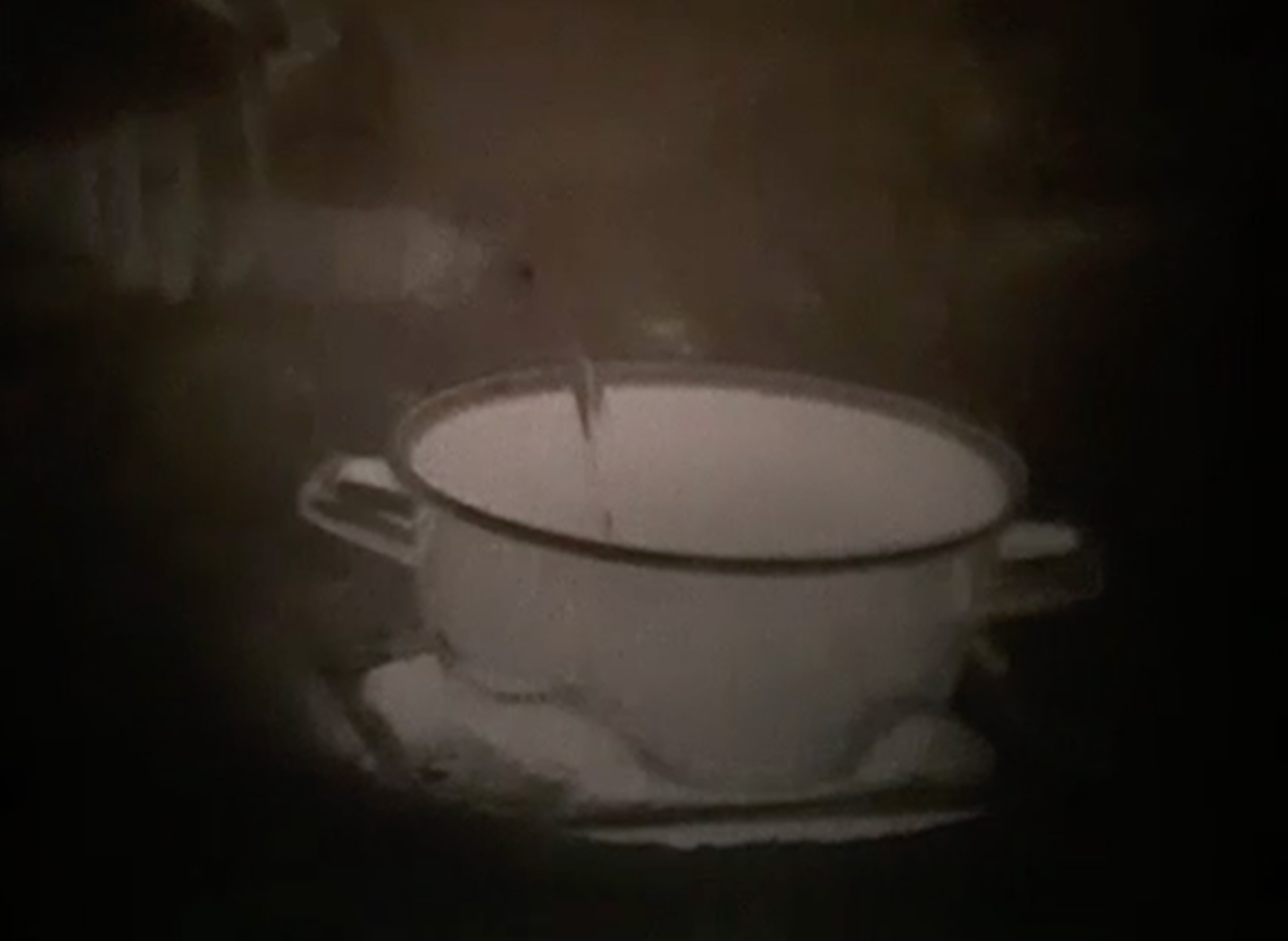Film Program 6: Becoming alive
Curated by Michaela Davidova
Within this program slot, we want to highlight the materiality of the film medium which is becoming alive via the intra-action of nature, plants, living organisms, or through the use of alternative processing methods. In some of the films, nature is an apparatus having the agency to create. In others, the chosen techniques draw a viewer into the hidden world of distant yet close.
1)
Porte-Malheur: Le Pain - Gérémy Lelièvre
4 min, 2022, 16mm,
An experimental scary movie. A long time ago, on execution days, the baker used to set aside a loaf of bread for the executioner by placing it upside down on his stall. From there appeared the superstition according to which, this act draws death.
Gérémy Lelièvre graduated with a master’s degree in Fine Arts, in Nantes in 2019. He joined Mire lab where he learned to develop film. Lelièvre participated in the creation of the first Prisme festival prior to his arrival in Brussels, where he joined Labo BXL as a full member and Nova Cinema as a projectionist. As someone interested in the relationship between film editing and linguistics, he creates meaning by linking distinct elements together. He uses analogue film, photography, and video, as well as wordplay and language manipulation to reveal absurdity and irony.
2)
Oxygen - Karel Doing (NL/UK)
8 min, 2023, 16mm,
Blades of grass are racing across the screen.
Karel Doing is an independent artist, filmmaker and researcher whose practice investigates the relationship between culture and nature by means of analogue and organic process, experiment and co-creation. His blog dedicated to phytography can be found https://phytogram.blog
3)
Not (a) part - Vicky Smith (UK)
6 min, 2019, 16mm,
Handmade contact film that works with the subject and/or material of dead flying insects found on walks. Each dissected body is occupying approximately 24 frames, running at a rate of 1 bee per second. The length of the film is determined by how many specimens are found over a specified period of time.
Vicky Smith is an artist-filmmaker who has worked in experimental animation and 16mm film for over 30 years and has screened her work internationally in galleries and film festivals. She was a member of the London Film Makers Co-op, has a PhD in experimental film, and is co-founder of the artist collective Bristol Experimental Expanded Film (BEEF) in Bristol. https://vickysmith.blog/
4)
Sound of a million insects, light of a thousand stars - Tomonari Nishikawa (USA)
2 min, 35mm,
Nishikawa buried 35mm negative film near the Fukushima Daiichi Nuclear Power Station which once was an evacuation zone. The film was exposed to the possible remains of the radioactive materials. The night was beautiful with a starry sky, and numerous summer insects were singing loudly.
Nishikawa’s films explore the idea of documenting a scene in the public space through a chosen medium and techniques, while his performances focus on the process of producing a visual/sound phenomenon using analog devices, such as 16mm and slide projectors. Nishikawa currently teaches in the Cinema Department at Binghamton University.
5)
La noirceur souterraine des racines - Charles-André Coderre (CA)
10 min, 16mm triptych
Shot in Quebec (Canada), a 16 mm film triptych uses several processes specific to analog cinema. It seeks to show the sensory experience of the invisible life of stones, plants, and the nature that surrounds us.
Charles-André Coderre lives and works in Montreal. He makes films and works on 16mm live projections for several film and music performances. His films are distributed by Light Cone (Paris), CFMDC (Toronto) and Vidéographe (Montréal). Since 2017, he co-organizes the OK LÀ! music & expanded cinema series in Verdun (Canada).
6)
Heliotropy - Alexandra Moralesova/Georgy Bagdasarov aka Labodoble (CZ)
5 min., 2023, 16mm,
Heliotropy is a veneration of the Sun impressed on film during the summer solstice observed from the plant-human perspective. The flora nourished by the sun passes from the image into a solution and with its juices develops its own image.
Labodoble run by Alexandra Moralesová and Georgy Bagdasarov is experimenting duo, artist-run filmlab and curatorial portrayed platform based in Prague. They mainly focus on the photo-chemical film apparatus as an optional machine and on ecologically sustainable photo-chemical processes questioning the eco logic itself.
7)
Where is the Desert When Your Land is Made of Water? - Risk Hazekamp (NL)
2 min, 2023, 35mm slides,
An experimental exercise in humbleness, in de-centering the human gaze to imagine possible symbiotic visual languages. Cyanobacteria are dissolving the gelatine layer of 35 mm b&w film and leaving their marks.
Risk Hazekamp (they/them) is an inter-dependent visual artist, researcher and art educator. Their practice is project-based and consists of visual thinking processes to change systems through a combination of personal activism, intersectional thinking and analogue photography (in the broadest sense). This year Hazekamp started as a PD-researcher with the project 'Unlearning Photography: Listening to Cyanobacteria'.
8)
Boiling the piss - Michaela Davidova (NL/CZ)
3 min, 2023, 16mm,
Michaela’s debut 16mm film follows her research of urine as a photographic developer/fixer. It is a process film using the agency of urine to draw a viewer into the metabolism. It was made at the coast with artist Hedwich Rooks. Artists collected their urine and shared it in one pot.
Michaela is a Czech artist based in the Netherlands. In her art practice, she investigates the imprints in the environment manifested through the material witness and works on the cross-section of pseudoscience-art or do-it-yourself/together. Her artistic research revolves around analogue photography, but it is not limited to images. Instead, she aims to bring audiences closer to ecological thinking through the method of reintroducing the wasted/discarded/leftover matter into the process and concept.


